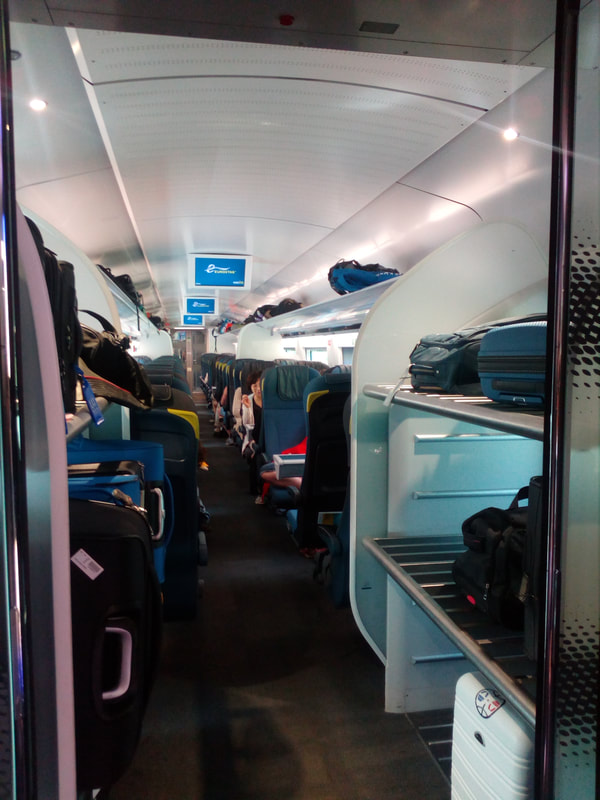|
I'm very curious by nature, and I always have lots of questions, I like to know how things work ... And since we are confined, I have all the time necessary to tell you some of my discoveries. I decided to continue my Series on London, and to tell you about 2 technical achievements that I’ve seen:
Thames barrier The city of London, since its creation in the Roman era, has been the victim of sea floods, caused by high tides and storm surges, coming from the North Sea. Following the terrible floods of 1953, a project to build a barrier was studied. Finally, it was inaugurated by the Queen in 1982 after 10 years of construction. It protects 1.3 million people, numerous sites and 67 underground stations… This is the 2nd largest barrier in the world, 520 metres (1,710 ft) wide and 20m (66 ft) high. Solidly anchored with concrete foundations, it consists of 10 steel gates, very wide to be able to withstand the pressure of the water and to stop the tide. The 4 middle gates weigh 3,700 tonnes each, half the weight of the Eiffel Tower. They’re activated by a hydraulic system and can close in 15 minutes. This barrier will be operational until 2070, engineers are already considering the next innovation ... Channel Tunnel When the dream of generations of English and French became reality in 1994, the year of its inauguration. It took more than 5 years of construction, no less than 12,000 people, 2 teams (one English and one French) working 24/7, and 1 million tonnes of concrete. Eleven tunnel boring machines - huge excavation machines - built specifically for this project, have extracted 10 million cubic metre of underwater rock. In the end, 3 tunnels, 2 for train traffic and one service tunnel in the middle. Every 375m (1,230 ft) they are connected to each other by cross-passages. If crossing the tunnel lasts only half an hour, it remains impressive when you think that it is 50km (31 mi) long, including 35km (21,75 mi) under the sea. Besides, above our heads, 80m (262 ft) of water and 40m (131 ft) of limestone. The Eurostar is the most powerful locomotive in Europe, 3,000 tonnes to tow for an average of 140 km/h (87 mph). But it’s also the most used railway in the world, up to 400 trains per day, or one entry into the tunnel every 4 minutes! In 2018, 1.69 million trucks passed through the tunnel, 2.66 million cars and 22 million passengers. And for those who want to learn more, here’s a video for you: Read again my London Series: Have a good week! Love & Genius, L.
0 Comments
Your comment will be posted after it is approved.
Leave a Reply. |
Author
Categories
All
Archives
December 2023
|





 RSS Feed
RSS Feed